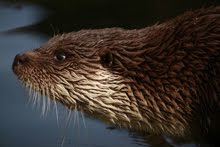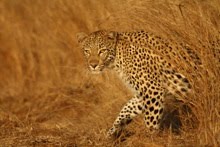 The gorgeous little Blackcap (Mönchsgrasmücke). I had been wanting to see one of these for years and years and years. But, South Africa is not famous as a major Blackcap destination. In fact, as far as I can tell, only a couple have ever been seen in the sub-continental region (the story goes that the first blackcap ever found in the region was actually caught in a mist net near Johannesburg!).
The gorgeous little Blackcap (Mönchsgrasmücke). I had been wanting to see one of these for years and years and years. But, South Africa is not famous as a major Blackcap destination. In fact, as far as I can tell, only a couple have ever been seen in the sub-continental region (the story goes that the first blackcap ever found in the region was actually caught in a mist net near Johannesburg!).And so, along with the joys of seeing all the other migratory birds returning home, it is great to finally meet the blackcap. Last week there were none. This week, they are like sparrows falling out of every bush!
It seems that in preparation for migration, young blackcaps (Sylvia atricapilla) move about completely randomly as they search for food to fatten up for the migration ahead (Chernetsov 2002 Journal für Ornithologie 143/4). The ones that migrate down in to Africa tend to follow the high mountain ridges. At regular stop-over points, the blackcaps settle to rest and try to feed a little. At this stage, they seem to remain within a fairly restricted area (i.e. not wandering off too far), but the area is too large to be considered a defended territory in any way.
 Interestingly, blackcaps reliably use fruit color to determine the levels of anthocyanins (an important antioxidant) in fruit, and the anthocyanin level is also correlated with the total calorific content of the food (Schaefer, McGraw & Catoni 2008 Functional Ecology 22/2). Thus, blackcaps are able to select the nutritionally most advantageous fruits based on fruit color. But if only unripe fruits are available, blackcaps tend to rely more heavily on insects for food (Schaefer & Schmidt 2002 Journal für Ornithologie 143/3).
Interestingly, blackcaps reliably use fruit color to determine the levels of anthocyanins (an important antioxidant) in fruit, and the anthocyanin level is also correlated with the total calorific content of the food (Schaefer, McGraw & Catoni 2008 Functional Ecology 22/2). Thus, blackcaps are able to select the nutritionally most advantageous fruits based on fruit color. But if only unripe fruits are available, blackcaps tend to rely more heavily on insects for food (Schaefer & Schmidt 2002 Journal für Ornithologie 143/3). Dale Forbes
Dale Forbes









.jpg)








.jpg)



No comments:
Post a Comment